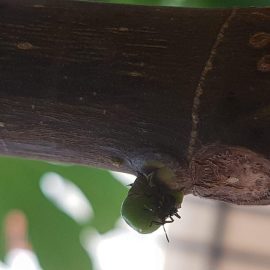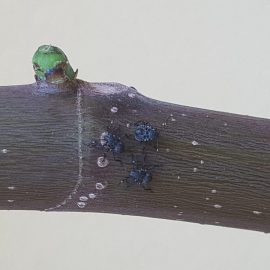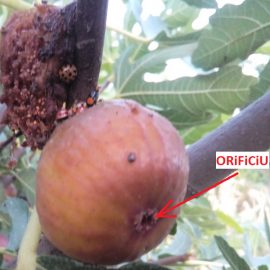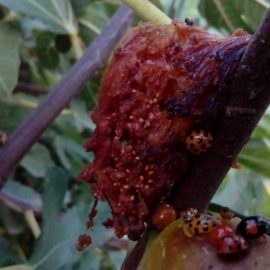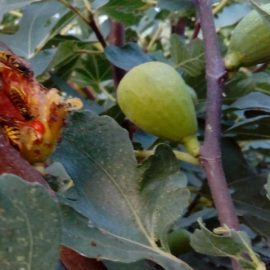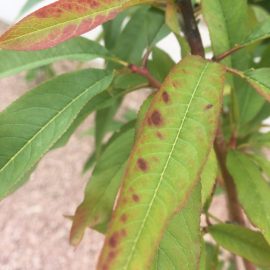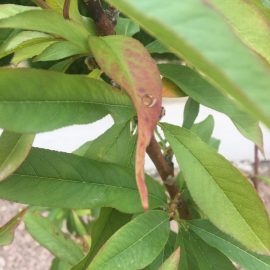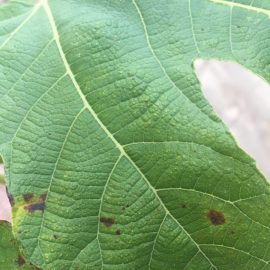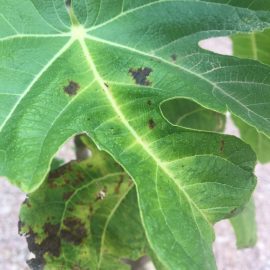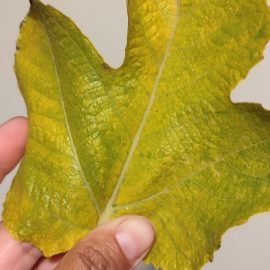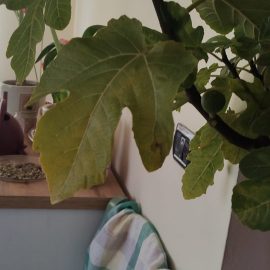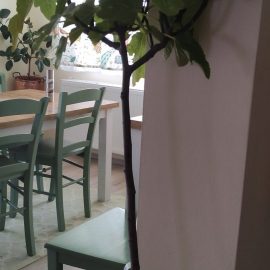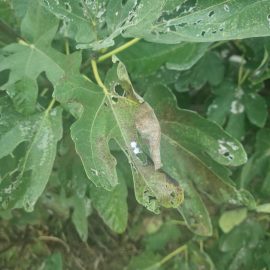Fig, planting, growing and harvesting
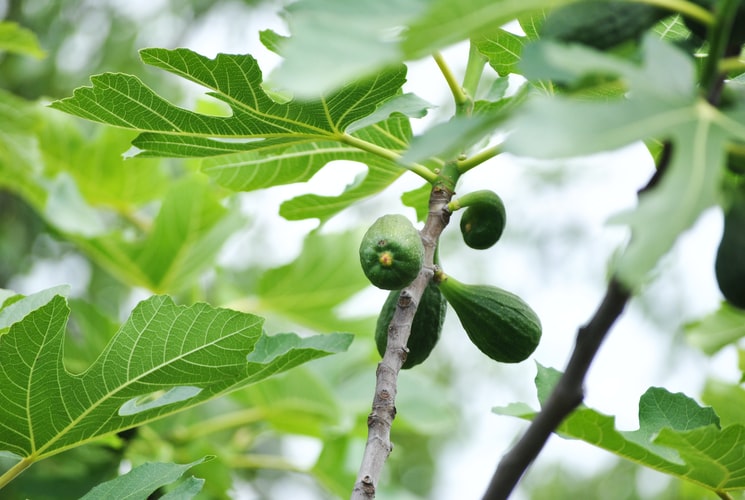
Fig (Ficus carica) is a fruit-bearing shrub and is a member of the Moraceae family, native to Asia Minor. The fig tree is cultivated in subtropical and temperate areas or areas with a mild climate. In Europe, the first to mention the fig tree were the Greeks. In ancient writings, the fig is considered one of the most important fruit-bearing shrubs.
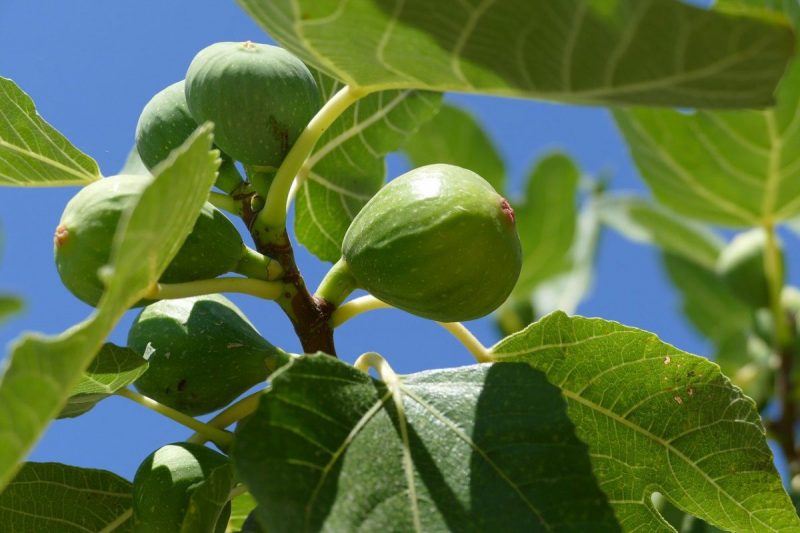
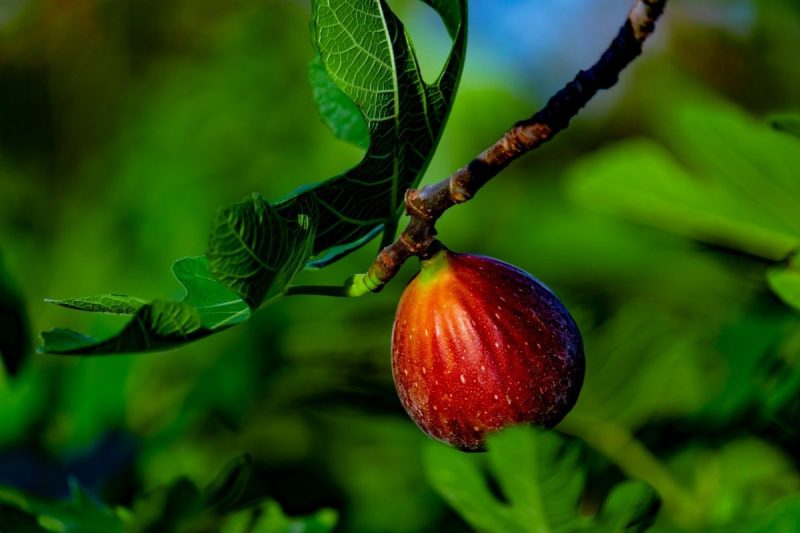
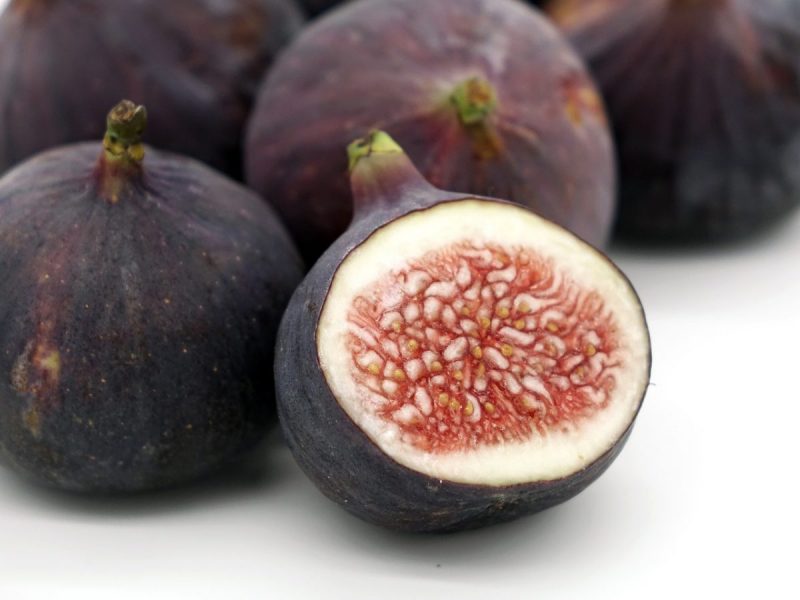
The importance of fig fruits is given by their high content of vitamins, minerals, and easily assimilable sugars, as well as their special taste. Figs can also be used therapeutically to treat various external or internal diseases.
Botanical characteristics
In the regions where it is an endemic species (and where it is intensively cultivated), the fig grows as a tree, reaching heights of 12-15 meters. In areas where the environmental conditions are different from its natural habitat, the fig is found as a shrub, with 4-6 ramified stems and heights of 2-3 meters. The root is fasciculate and strongly developed. Adventitious buds may form on the surface of the root. Subsequently, they can evolve into root suckers, helping the plant to recover (especially if the aerial part is damaged by frost). The stem is thick and gray, and the branches are smooth. Fig leaves are dark green and palmately lobed. The flowers are small and numerous. The fruit is a globular or pear-shaped syconia, which can reach a weight of 150 grams.
Environmental requirements
Being a tropical species, it has high demands regarding climatic factors:
Light. First of all, the fig is a light-demanding species. It grows and develops in bright places, with southern exposure, at a suitable distance from other fruit species or plants that can shade it. Light positively influences sprouting, fruit-bud formation, and fruiting itself. Under proper light conditions, it can bear fruit twice a year.
Temperature. The temperature requirements of the fig are high, being sensitive to frost. The fig tree withstands high temperatures (up to 40 °C), but the leaves can suffer from scorching. The plant has a low resistance to frost, and temperatures of -12°C to -15°C can damage the vegetative organs.
Moisture. In the case of commercial crops, in areas where annual rainfall is below 600 mm, irrigation is indicated. Heavy rainfall during the fruit ripening phase can cause fruit cracking. The fig tree is also sensitive to excess moisture in the soil.
Soil. Figs prefer light, permeable soils with a high humus content and with slightly alkaline or neutral pH. Heavy, cold soils that retain moisture or are too dry are not indicated.
Soil preparation
The location for fig cultivation should be chosen following the species requirements for the soil and environmental factors. The soil must be prepared 2-3 months before planting. The field should be free of plant debris. Fertilization can be carried out according to the degree of soil supply with nutrients. You can carry out mechanical or manual deep plowing, at a depth of 40-50 cm. On thin soils, plowing can be performed at a depth of 30-40 cm.
Planting
Planting should be done in early spring in order to avoid exposure to frost in winter. The size of the planting pits differs based on the soil preparation. They can have dimensions of 40x40x40 cm on fields where deep plowing has been performed, 60x60x40 cm on plowed fields, or 80x80x60 on uncultivated fields. The pits can be made mechanically or manually, in the case of small plantations.
Before planting, the root system should be trimmed, and damaged or dry roots should be removed. To ensure the best possible grip, the roots must be placed in a slurry of soil, fresh manure, and water. Planting consists of placing the planting material vertically in the hole. Immediately after planting, the soil around the plant should be compacted and watered with 5-6 l water/plant.
Maintenance work
Pruning
If fig plants are cultivated in colder areas, they can be pruned as a bush to protect the plant during the cold season. In the same area, a fig can be pruned as a dwarf tree or a horizontal cordon.
Four pruning methods can be used in fig plantations: crown formation pruning, fruiting stimulation pruning, maintenance pruning, and rejuvenation pruning.
Crown formation prunings aim to ensure the necessary size of the skeleton and semi-skeleton branches to sustain production and accelerate the shrub’s fruiting phenophase. This type of pruning starts as soon as the plantation is established.
Recommended products
-
You can find products on a different store
Change Store -
You can find products on a different store
Change Store -
You can find products on a different store
Change Store -
You can find products on a different store
Change Store -
You can find products on a different store
Change Store -
You can find products on a different store
Change Store -
You can find products on a different store
Change Store -
You can find products on a different store
Change Store -
You can find products on a different store
Change Store -
You can find products on a different store
Change Store -
You can find products on a different store
Change Store -
You can find products on a different store
Change Store -
You can find products on a different store
Change Store -
You can find products on a different store
Change Store -
You can find products on a different store
Change Store -
You can find products on a different store
Change Store -
You can find products on a different store
Change Store -
You can find products on a different store
Change Store -
You can find products on a different store
Change Store -
You can find products on a different store
Change Store -
You can find products on a different store
Change Store -
You can find products on a different store
Change Store -
You can find products on a different store
Change Store -
You can find products on a different store
Change Store
The fruiting stimulation prunings ensure an appropriate number of fertile shoots, with lengths of 20-40 cm. Thus you can obtain a satisfactory yield and the fruits can ripen properly. Initially, the fruiting stimulation pruning should be carried out simultaneously with the crown formation prunings, and then they should be carried out along with the maintenance prunings.
Maintenance and regeneration pruning consists of removing damaged or improperly placed branches.
When pruning, it is recommended to wear protective gloves as the resulting latex is toxic.
Recommended products
-
You can find products on a different store
Change Store -
You can find products on a different store
Change Store -
You can find products on a different store
Change Store -
You can find products on a different store
Change Store -
You can find products on a different store
Change Store -
You can find products on a different store
Change Store -
You can find products on a different store
Change Store -
You can find products on a different store
Change Store -
You can find products on a different store
Change Store -
You can find products on a different store
Change Store -
You can find products on a different store
Change Store -
You can find products on a different store
Change Store -
You can find products on a different store
Change Store -
You can find products on a different store
Change Store -
You can find products on a different store
Change Store -
You can find products on a different store
Change Store -
You can find products on a different store
Change Store -
You can find products on a different store
Change Store -
You can find products on a different store
Change Store -
You can find products on a different store
Change Store -
You can find products on a different store
Change Store -
You can find products on a different store
Change Store -
You can find products on a different store
Change Store -
You can find products on a different store
Change Store
Fertilization
Fig plants react positively to fertilizers. Fertilizers can be used from the second and third year after planting. You can apply organic or NPK complex fertilizers. Also, you can apply foliar fertilizers depending on the plant’s needs and environmental conditions.
Recommended products
-
You can find products on a different store
Change Store -
You can find products on a different store
Change Store -
You can find products on a different store
Change Store -
You can find products on a different store
Change Store -
You can find products on a different store
Change Store -
You can find products on a different store
Change Store -
You can find products on a different store
Change Store -
You can find products on a different store
Change Store -
You can find products on a different store
Change Store -
You can find products on a different store
Change Store -
You can find products on a different store
Change Store -
You can find products on a different store
Change Store -
You can find products on a different store
Change Store -
You can find products on a different store
Change Store -
You can find products on a different store
Change Store -
You can find products on a different store
Change Store -
You can find products on a different store
Change Store -
You can find products on a different store
Change Store -
You can find products on a different store
Change Store -
You can find products on a different store
Change Store -
You can find products on a different store
Change Store -
You can find products on a different store
Change Store -
You can find products on a different store
Change Store -
You can find products on a different store
Change Store
Protecting fig plants during the cold season
The fig is a frost-sensitive shrub, and in areas where temperatures drop below -12°C in winter, it must be protected. As soon as the leaves fall, the branches should be gathered into a bunch, tied with string (the string should not be too thin to avoid damaging the branches), and covered with straw or other materials. Then, wrap it in jute cloth (or special protective cloth), and tie it tightly.
In the case of young shrubs, the branches can be carefully bent down as close as possible to ground level and fixed there with hooks. These should be covered with a layer (20-30 cm) of straw or straw manure.
This method of protection implies a series of measures, such as:
- the planting material has to be placed in an oblique position,
- the crown has to be controlled so that it will form a low shrub,
- the stems must not be thick, so they can be bent easily, without risking breakage.
In both cases, to prevent suffocation, you should leave space for the plant to breathe.
Pest contol
The main diseases that can occur on fig plants are fig mosaic disease, rust, bacterial canker, anthracnose, etc. The main pests are aphids, scale bugs, mites, and caterpillars.
Fig fruit harvesting
The fig can provide two harvests a year. The fruits of the first harvest are larger, while those of the second harvest are smaller and more fragrant. The optimal period for harvesting differs depending on the region and variety. The fruits must be harvested at full maturity when their color turns purple and can be easily detached from the plant. After harvest, figs can be stored for short periods because they are perishable.
Additionally:
- The fig tree can be multiplied vegetatively by cuttings, root suckers, layering, or plant division.
- The fig plants can bear fruits in the second year after planting, but significant yields can be obtained in the fourth or fifth years.














































































































































































































































































































































































































































